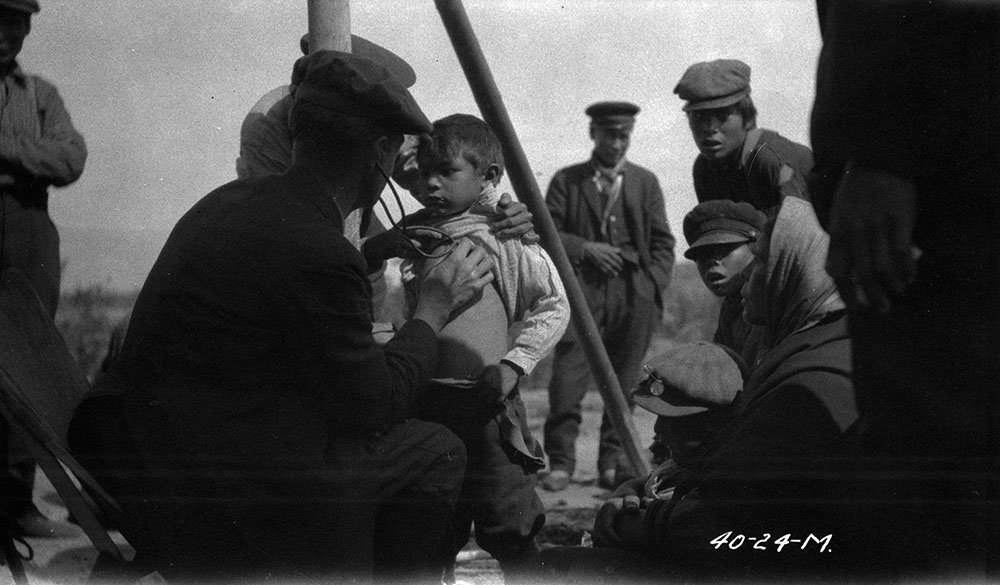
The beginnings and conflict at Ganienkeh
In an attempt to regain traditional land, Mohawks from the Kahnawake and Akwesasne mohawk territories, embarked on a journey across the mighty St Lawrence River into the northern region of New York state, and established a place of sovereignty in which governance and cultural structures could be practiced. Named Ganienkeh, translating in English to land of the flint, has now been a safe place for over 50 years, where Onkwehón:we can practice their traditions, away from any external governments.

The Indian Act
The Indian Act is a Canadian legislation that was created to regulate and assimilate the lives of Indigenous peoples in Canada. Created in 1876, the act gave the government control over land, governance, and cultural practices, all while creating rules that defined who was “Indian.” To ensure that the strict measures of the act were put into place, Indian agents were created, and acted as mediators between the Indigenous and the government. The agents were known to manage Indian affairs, implement government policies, and maintain control over the Indigenous way of life.

Lacrosse
Lacrosse, the oldest team sport of Turtle Island, was given by the Creator to the Haudenosaunee to heal the sick, celebrate leadership and strength, and make peace amongst the nations. As the Europeans took over, they also modified and marketed the game to be played by everyone. Nowadays, the fast-paced stick and ball sport can be seen being played all over the world.

Little Caughnawaga & Ironwork
As ironworking became a rising tradition within the Mohawk community of Kahnawake, many migrated to New York City to aid in the city’s construction boom. While these fearless ironworkers changed the skyline of the Empire State with structures such as the Waldorf Astoria and Triborough bridge, they needed a place to stay, a community they could call their own. With that, the historical neighbourhood of Little Caughnawaga was formed. Created in the streets of Brooklyn, Little Caughnawaga housed hundreds of Kahnawa’kehró:non ironworkers and their families, shaping into a place that they were able to call their second home, while they built some of New York’s most iconic infrastructures.
